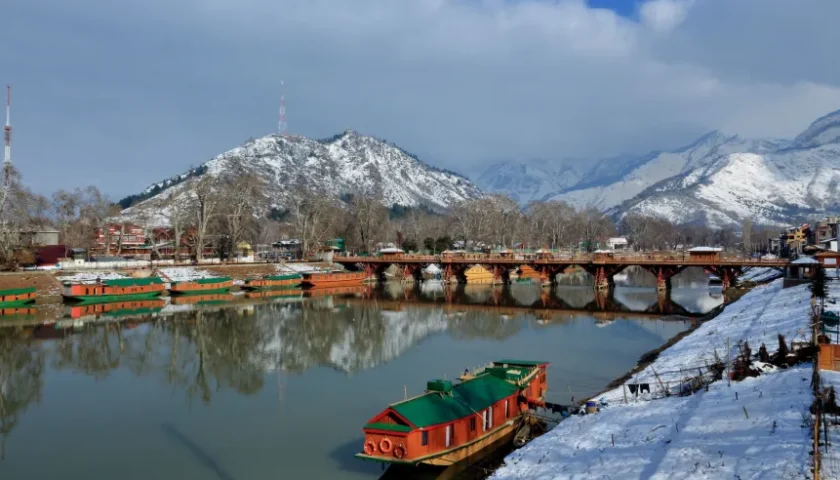Polythene is showing up in the darkest depths of the oceans, at the summit of tallest mountains and even the polar ice caps, thus aggravating already pressing environmental concerns.
It came as a surprise to me while researching for this story that polythene was discovered by accident, and that too not once but twice.
The first of these incidents took place just before the turn of the twentieth century in the year 1900; German scientist Hans von Pechmann discovered a residue in his test tube but discarded it thinking that it had no practical applications.
The second instance took place on March 27, 1933, and is considered to be the first synthesis of polythene. A leak in a vessel at a chemical plant in England led to the presence of a white, waxy residue. Scientists were not initially sure about what the substance was and what its uses could be, but this chemical reaction changed the world, probably forever.
Though it was initially produced in small batches, the practicality and usefulness of polythene grew gradually over the years. Its significance was perhaps marked by the fact that its use for defence purposes by the British military was kept secret during the Second World War.
The post War era saw the proliferation of polythene on an unprecedented scale. Its low cost and versatile nature meant that polythene could practically be used anywhere. The one-piece polythene bag was patented in 1965, marking another milestone in the history of the accidental polymer.
Over the years, polythene became the material of choice as it replaced cloth bags and other variants for storage and transport of goods. Besides being cheap, the growth of polythene was also catalysed by an aggressive marketing campaign by manufacturing companies. By the end of the 1980s, polythene had almost entirely replaced paper bags around the world.
The discovery and use of polythene was thought of as a boon initially, but its damaging effects started becoming apparent after some time. While it made a lot of things easier and less expensive, it came at a terrible cost: environmental degradation.
As production of polythene grew rapidly, the world seemed overwhelmed by the ability to deal with it. Pollution caused by polythene and other plastics has become one of the most pressing environmental issues of the present times over the years.
The production of polythene has grown exponentially over the years, from 2.3 million tonnes in 1950 to 448 million tonnes by 2015. This figure is expected to double by 2050.
Polythene is showing up from the darkest depths of the oceans to the summit of Mount Everest and the polar ice caps, thus aggravating already pressing environmental concerns.
In 1997, sailor and researcher Charles Moore discovered the Great Pacific Garbage Patch, the largest of several in the world’s oceans where immense amounts of plastic wastes have accumulated. It is estimated that around 8 million tonnes of plastic wastes escape into the oceans from coastal nations every year.
Studies suggest that almost a third of all polythene or plastics produced every year end up as waste in the soil or freshwaters. These plastics are then disintegrated into smaller particles less than five millimetres in size and are known as microplastics. Microplastics have been found in every corner of the world and alarmingly, even in the blood stream of humans as they have found their way into the food chain through water and other means.
A 2011 study found that around one million plastic bags are consumed every minute globally. While the average life span of a polythene bag ranges from a few minutes to a few hours, it takes as many as 1,000 years for it to degrade completely once it is disposed as waste. Though it offers short-term gains on one hand, the negative long-term effects are far too many and difficult to cope with.
On paper, a lot has been done about the menace of polythene: notices, bans, warnings, orders, resolutions and what not. Rules have been formulated – and revised and re-implemented from time to time – by agencies at all levels to ensure that the use of the deadly polymer is curbed and the environment is saved from its damaging effects.
If we take a cursory look, however, at our surroundings, not much seems to have been achieved. Polythene continues to make its presence felt in some way or the other. There is probably no sphere of life where polythene does not show up.




